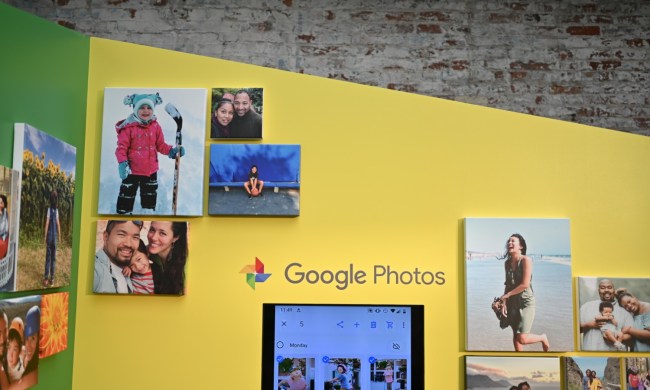Acer is no stranger to wearables, having released everything from fitness bands to smartwatches in the past, but its most recent addition may be its most niche yet. Acer’s Leap Beads are aimed at Buddhists, and are designed to count the number of mantras repeated during prayer time, so that it’s easier to concentrate on what’s being said, rather than counting. While the Leap Beads have niche appeal, in that we doubt anyone who isn’t Buddhist will want to buy them, the audience size is anything but small. In Taiwan — where the Leap Beads will be sold — there are at least 8 million Buddhists, and anywhere up to 500 million globally.
The beads come presented in a stylish box, and are wirelessly charged using an included stand, with the battery inside the beads expected to last for around four days before it needs recharging. They are made of wood, and the largest bead is the “smart” bead, containing all the necessary technology, and a lotus flower engraving on the outside, which lights up when the Leap Beads are being charged. The wearable links to a smartphone app using Bluetooth, and its primary feature counts the number of times the beads are rotated in the hand. Once completed, the beads vibrate and the app alerts you, and any collected data is added to a graph.
But what wearable would be complete without fitness tracking and other features? Acer has added a step counter, calorie tracking, and sleep monitoring to the Leap Beads, plus in the near future it wants to introduce wireless payments. This could be used to buy goods, or make donations. The app connects to social networks and with a community of other Leap Bead owners. Digitimes mentions the wireless charger also acts as a Bluetooth speaker, but this may only be part of a special edition version where the beads are made from rosewood.
Acer has announced the Leap Beads for Taiwan, where they cost the equivalent of $130, and they will apparently sold only in selected locations later in March. Whether it will launch the wearable outside Taiwan in the future may depend on demand. It’s also not the only company exploring this type of wearable — Digitimes notes fellow Taiwanese company Asus is exploring the possibility of launching similar products in the future.




